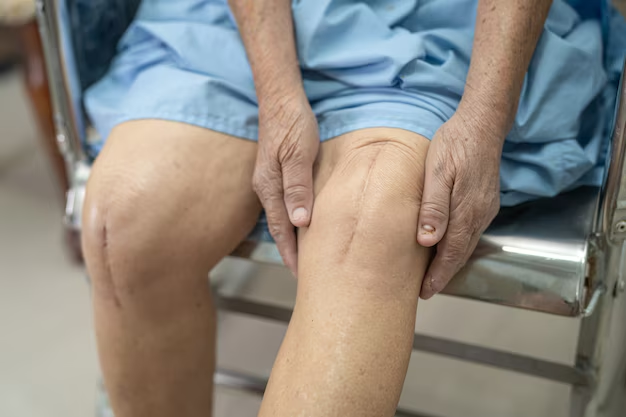Can Osteoporosis Lead to Lytic Lesions? Here’s the Real Answer
Osteoporosis is a condition that primarily weakens bones, making them fragile and more likely to break. It's a common ailment, especially among older adults, affecting millions worldwide. However, when discussing bone health, terms like lytic lesions often come up, raising questions about their relationship with osteoporosis.
Understanding Osteoporosis
Osteoporosis literally means "porous bones." It occurs when the creation of new bone doesn't keep up with the removal of old bone. This imbalance can result in bones becoming brittle and compressing easily, but does not directly cause lytic lesions. Osteoporosis is characterized by:
- Bone Density Loss: Reduced bone mass.
- Increased Fracture Risk: Greater susceptibility to breaks, especially in the hip, wrist, and spine.
While osteoporosis leads to bone weakness, lytic lesions are a different entity.
What Are Lytic Lesions?
Lytic lesions are areas of bone destruction that occur due to various conditions. They appear as "holes" in bones on imaging studies and are typically associated with more serious bone-related conditions, such as bone cancer or infections. These lesions represent a decrease in bone density but stem from a metabolic process unlike the one found in osteoporosis.
Differentiating Between Osteoporosis and Lytic Lesions
It's crucial to understand that osteoporosis does not cause lytic lesions. Here are the key differences:
- Origins: Osteoporosis is systematic and affects overall bone strength due to aging or hormonal changes. Lytic lesions are focal and often result from malignancies or other aggressive bone diseases.
- Manifestation: Osteoporotic changes occur uniformly in the skeleton, whereas lytic lesions are typically localized to specific bone areas.
Therefore, if you notice signs that suggest lytic lesions—such as persistent pain, swelling, or specific bone weakening—it's important to seek medical advice for proper diagnosis and treatment.
Addressing Bone Health and Financial Concerns
While focusing on bone health is essential, facing any health condition can lead to financial challenges. If osteoporosis or any related condition creates a financial burden due to medical bills, you might find yourself in need of assistance. There are several resources available that can help alleviate the associated costs.
Types of Financial Support
- Government Aid Programs: Check eligibility for Medicare, Medicaid, or similar programs that cover osteoporosis treatments.
- Financial Assistance: Non-profit organizations often provide financial aid for patients with severe conditions.
- Debt Relief Options: Consider speaking with a financial advisor about restructuring debt for more manageable payments.
- Educational Grants: For those still in school, various scholarships and grants can assist with the expenses related to education while managing a condition.
- Insurance Solutions: Look into policies that specifically cover osteoporosis-related healthcare needs and potential treatments for more serious bone ailments.
Ensuring good health goes beyond just medical treatment; financial stability plays a key role. Tapping into available resources can provide relief and help manage the economic side of health issues.
Supportive Resources:
- 🏥 Medicare/Medicaid: Federal & State-funded programs for eligible healthcare costs.
- 🤝 Patient Assistance Programs: Through non-profits offering help with medication costs.
- 💳 Credit Counseling Services: Guidance on managing debts incurred due to health expenses.
- 🎓 Scholarships and Grants: Financial aid for educational pursuits while managing health.
- 🏦 Special Insurance Plans: Policies focused on covering osteoporosis and related conditions.
Understanding the difference between osteoporosis and lytic lesions can guide you in seeking the right treatment and support options when managing bone health. Don't hesitate to utilize financial resources to alleviate stress, allowing you to focus on what's most important: your health.

Related Topics
- a Nurse Is Caring For a Client Who Has Osteoporosis.
- a Percutaneous Is Performed To Treat Osteoporosis Related Compression Fractures
- Can Alcohol Cause Osteoporosis
- Can I Do Pilates If I Have Osteoporosis
- Can I Reverse Osteoporosis
- Can Men Get Osteoporosis
- Can Osteoporosis Affect Teeth
- Can Osteoporosis Be Cured
- Can Osteoporosis Be Painful
- Can Osteoporosis Be Reversed